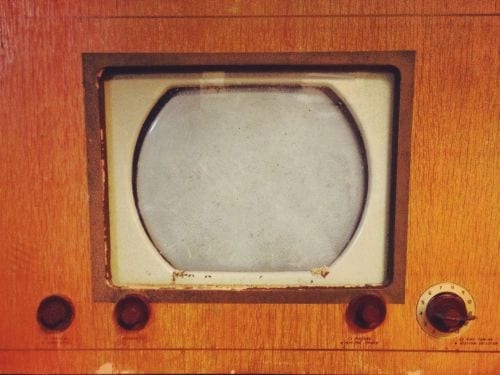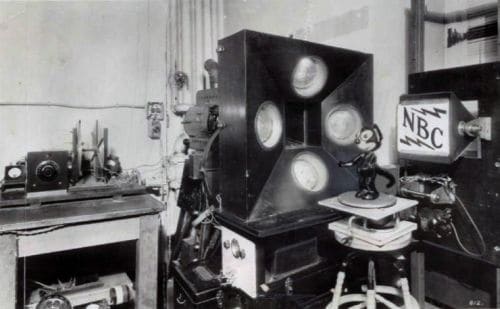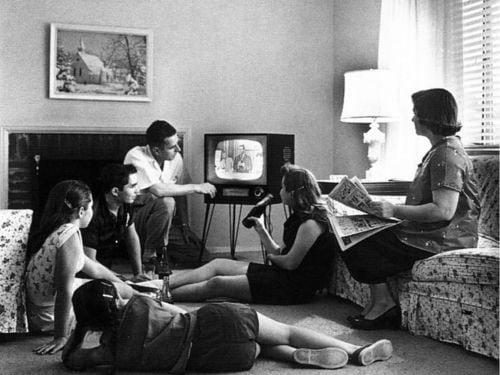The History of Television, Part 1
Posted on October 29, 2017 By Alison P
Who invented television? This is one of those questions with no short answer; television's invention was a protracted process of trial and error that spanned the globe as it spanned years. Over the course of several decades in the 19th and 20th centuries, scientists around the world were making breakthroughs in image transmission, and each contribution became a stepping stone toward the invention that changed the course of human culture forever. Here's a timeline of television's early development, including P.C. Richard & Son's journey in joining the TV revolution!
1885
German inventor Paul Gottleib Nipkow patents a mechanical device called the Nipkow disk, a flat circle that rapidly spins and scans images into a receiver through a series of punctures around the disk's center. While a spinning disk with holes in it may not seem terribly exciting, especially since it became obsolete in the 1940s, it was paramount in laying the groundwork for television as we know it.
1900
At the International World Fair in Paris, Russian scientist Constantin Perskyi becomes the first person in history to use the word "television" in a paper about recent developments in image transmission.
1925
While experimenting with image systems in his laboratory, Scottish inventor John Logie Baird transmits the first grayscale television image: a ventriloquist dummy's head, chosen because of its high contrast. Thankfully, Baird soon moved on to less-creepy subjects.
1926
Japanese engineer Kenjiro Takayanagi successfully transmits a 40-line-resolution image of the Japanese character "イ" by means of a Nipkow disk and a cathode ray tube. Up until that time, televisions were completely mechanical, and this was the first time a television image was created by combining mechanical and electric components.

1928
W2XB in Schenectady, New York, begins airing test broadcasts as the world's first television station. The channel was soon airing daily programs, and it still exists today as WRGB. Also in 1928, the New York City channel W2XBS - later known as NBC - began experimenting with its broadcast abilities. Their first on-air talent? A Felix the Cat doll rotating on a turntable.
1934
American scientist Philo Farnsworth gives a public demonstration of the first completely electric television, made possible by his newly-invented image dissector tube. Not only was this a huge breakthrough in television technology, it led to the emergence of television's nickname "The Tube."
1939
Although he has no televisions to sell due to their prohibitively expensive cost, A.J. Richard installs a television with a 10" screen in the window of his Ozone Park store. It becomes a major neighborhood hub, attracting crowds of people on the sidewalk every Friday night to watch boxing matches.
1942
Due to World War II, production of televisions in the U.S. is completely suspended. However, A.J.'s experience with his storefront television convinces him of the promise of this amazing innovation, and he vows that his store will give the public exactly what they want as soon as televisions are manufactured once again.

1946
American production of televisions resumes, and A.J. Richard immediately jumps on the opportunity to be a part of the Next Big Thing in household technology. P.C. Richard & Son's location played an important role in its success with television, as New York City was one of only a handful of major American cities that had operating television stations at the time. In 1948, two-thirds of the 102,000 American households with televisions were located in the New York metropolitan area.
1958
The percentage of television ownership in the USA skyrockets to 83.2%, up from 0.4% just ten years earlier. No technology in history had spread so far in such a short period of time, and a new era of entertainment had begun!
Want to learn more about TV technology's continued progress? Read The History of TV, Part Two!